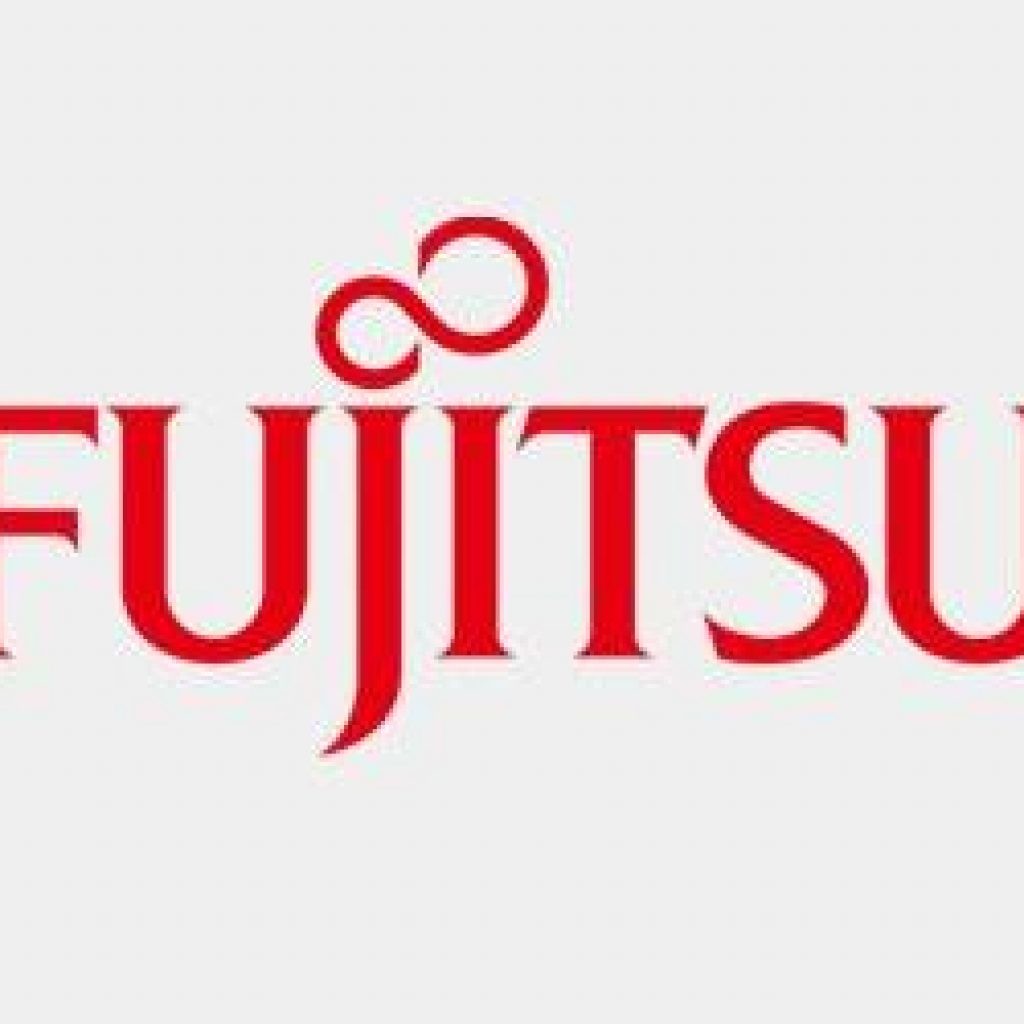(Fujitsu.Global.Blog) Fujitsu’s Digital Annealer technology is being evaluated for its ability to alleviate traffic congestion in an autonomous driving society. Autonomous driving requires that the movement of each individual car is optimized. How we achieve overall optimization is an important challenge for advancing to the next step of becoming a full-scale autonomous driving society. Quantum computing is a technology that is expected to meet these requirements.
Fujitsu’s Digital Annealer technology employs easy-to-handle digital circuits to provide some of the processing capability of quantum computers. The Digital Anneal overcomes the bottleneck posed by quantum computers which must be cooled to absolute zero in order to maintain a quantum state.
Ryo Tabei, Manager of the Platform Division in Fujitsu’s AI Services Business Unit, explains how this could work, “When using normal car navigation systems, routes to avoid traffic jams are presented for each individual vehicle; however, because all vehicles are shown nearly identical routes, the vehicles concentrate along the same route, causing traffic congestion. This is because such navigation systems present individually optimized routes. Digital Annealer can present differing best routes for each of many vehicles that have the same starting points and destinations by distributing their routes as much as possible. With such route determination based on overall optimization, Digital Annealer can prevent traffic congestion before it occurs instead of merely mitigating it.”
A simulation performed with Digital Annealer successfully reduced traffic congestion by about 40%. If limited only to Tokyo, the expected economic effect is approximately 960 billion yen (the capital accounts for approximately 20% of Japan’s GDP).
Fujitsu’s Digital Annealer Being Evaluated for Alleviating Traffic Congestion in Autonomous Driving Society
